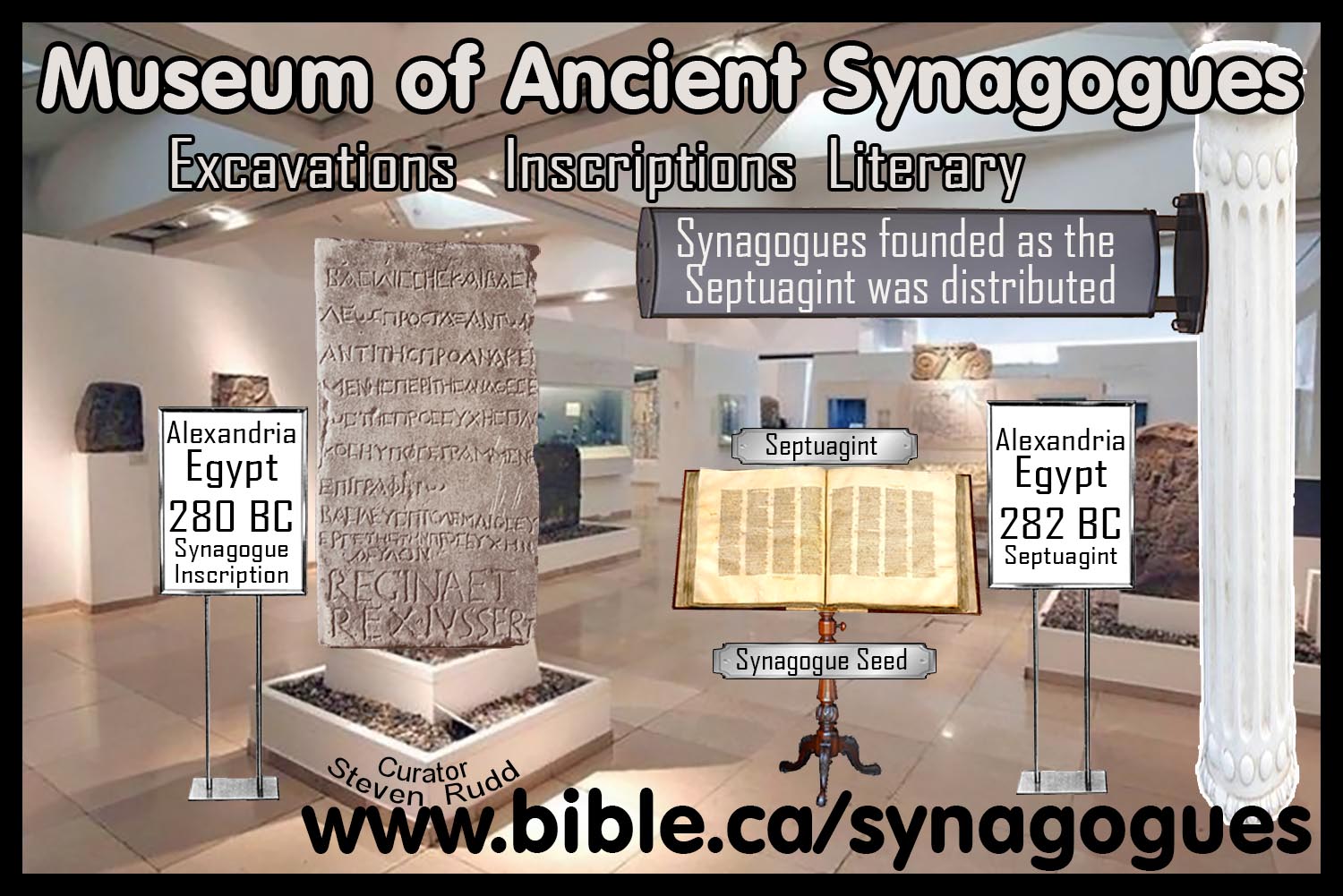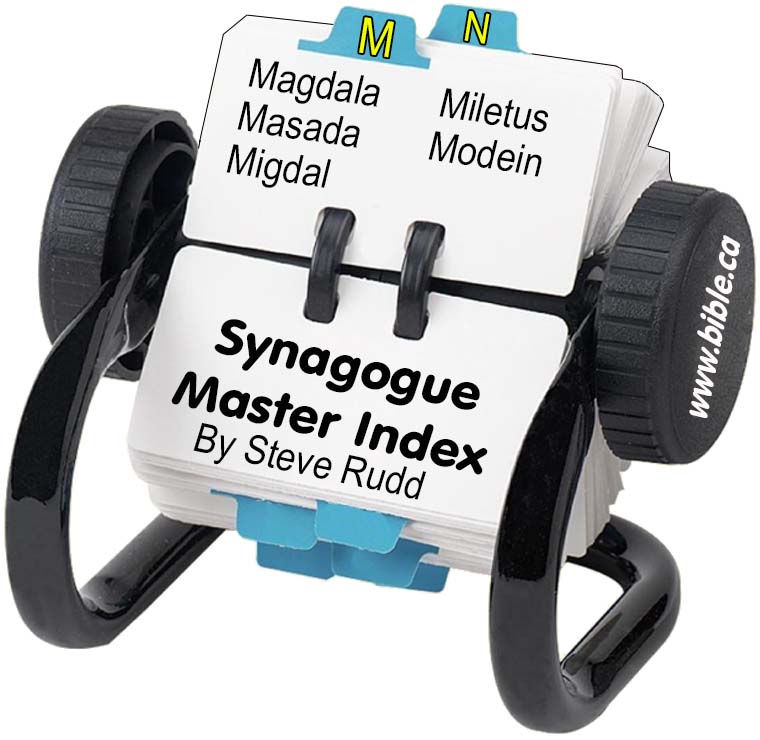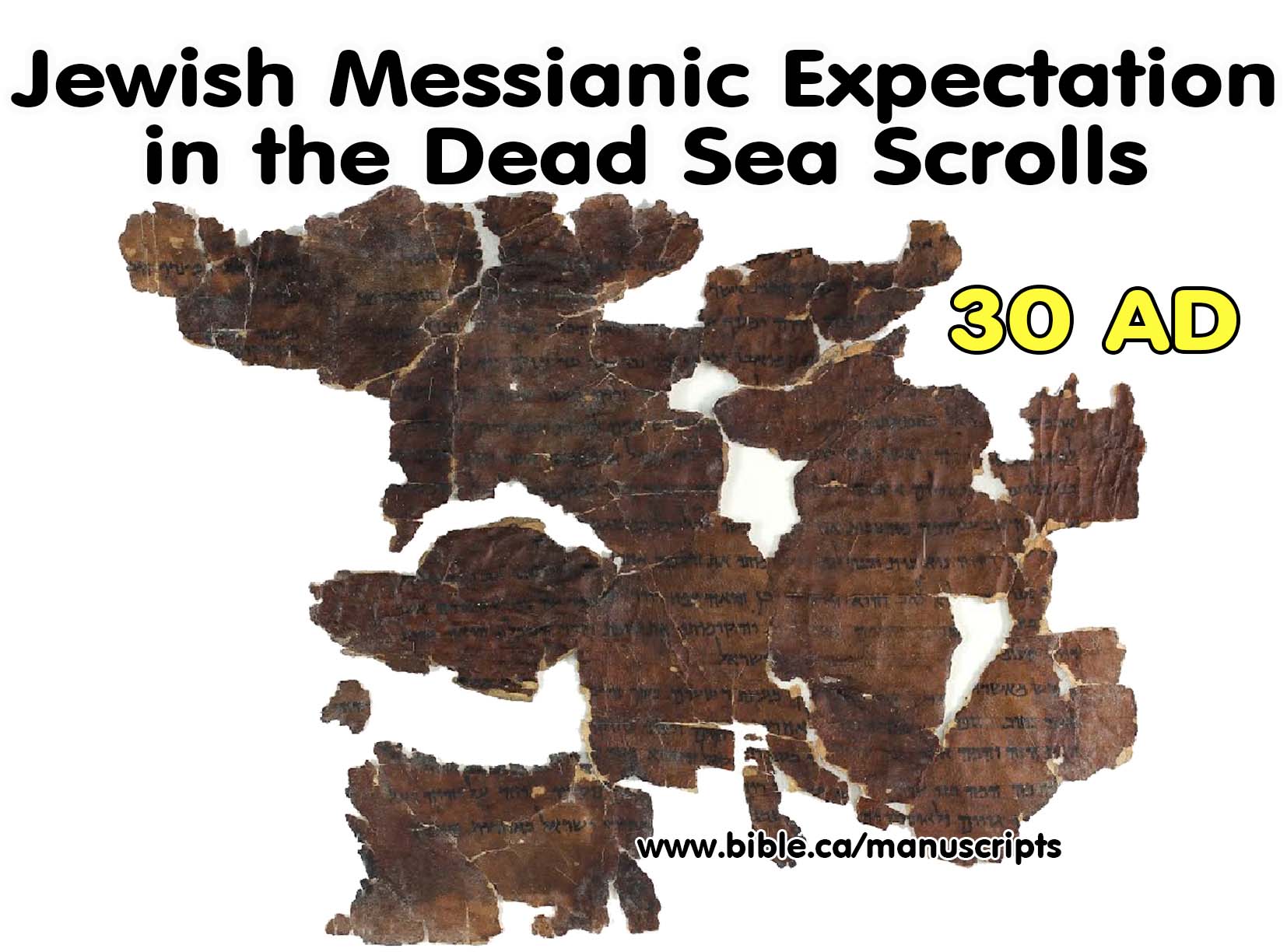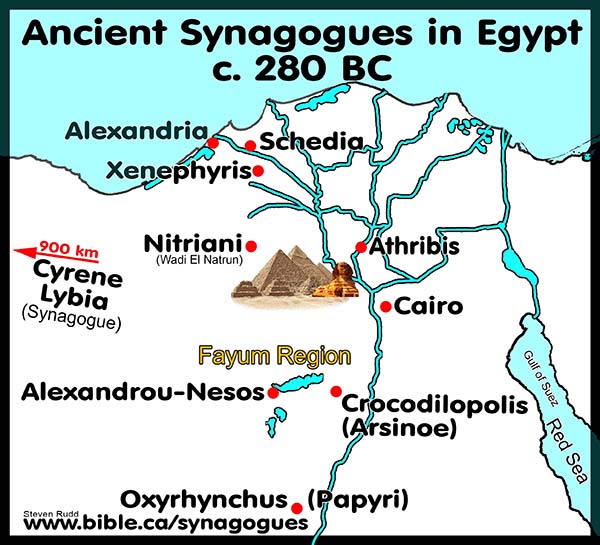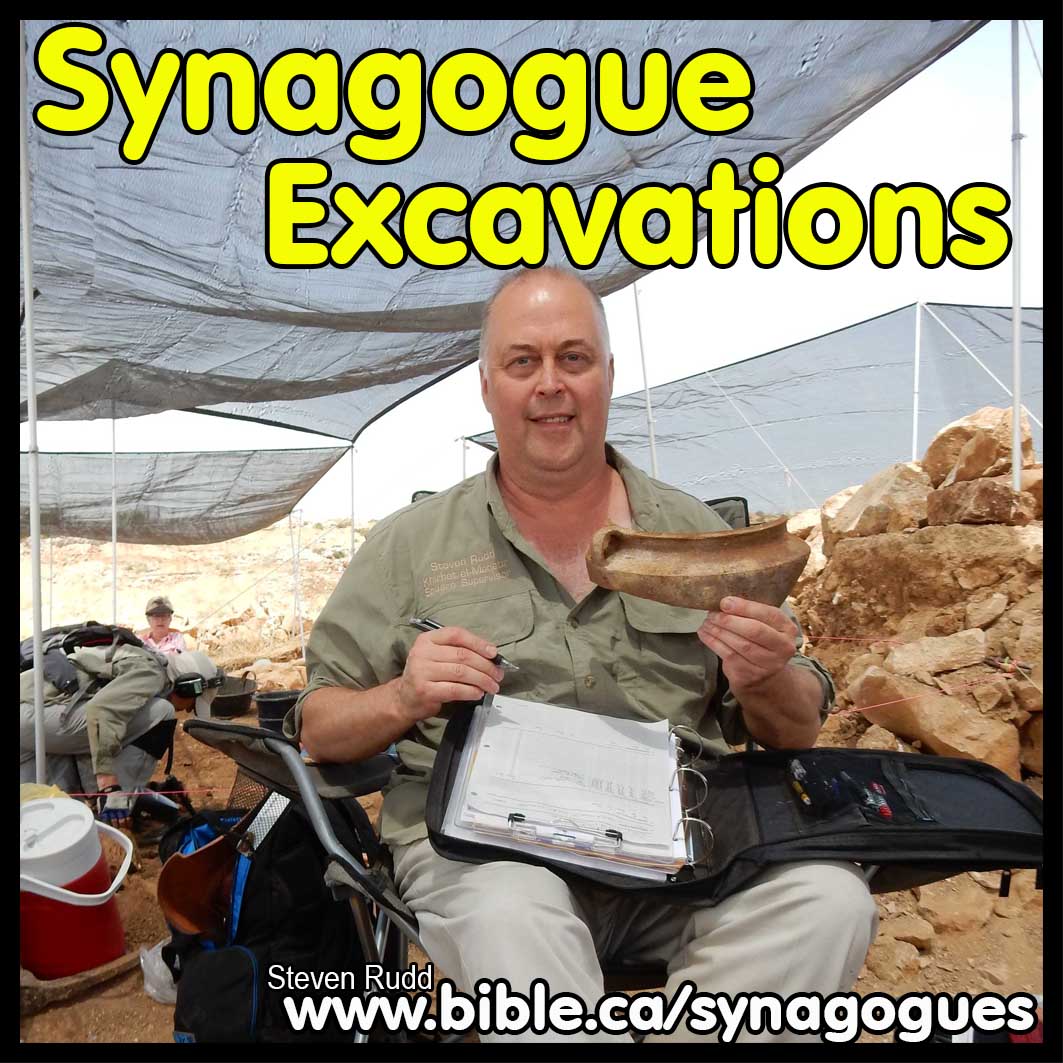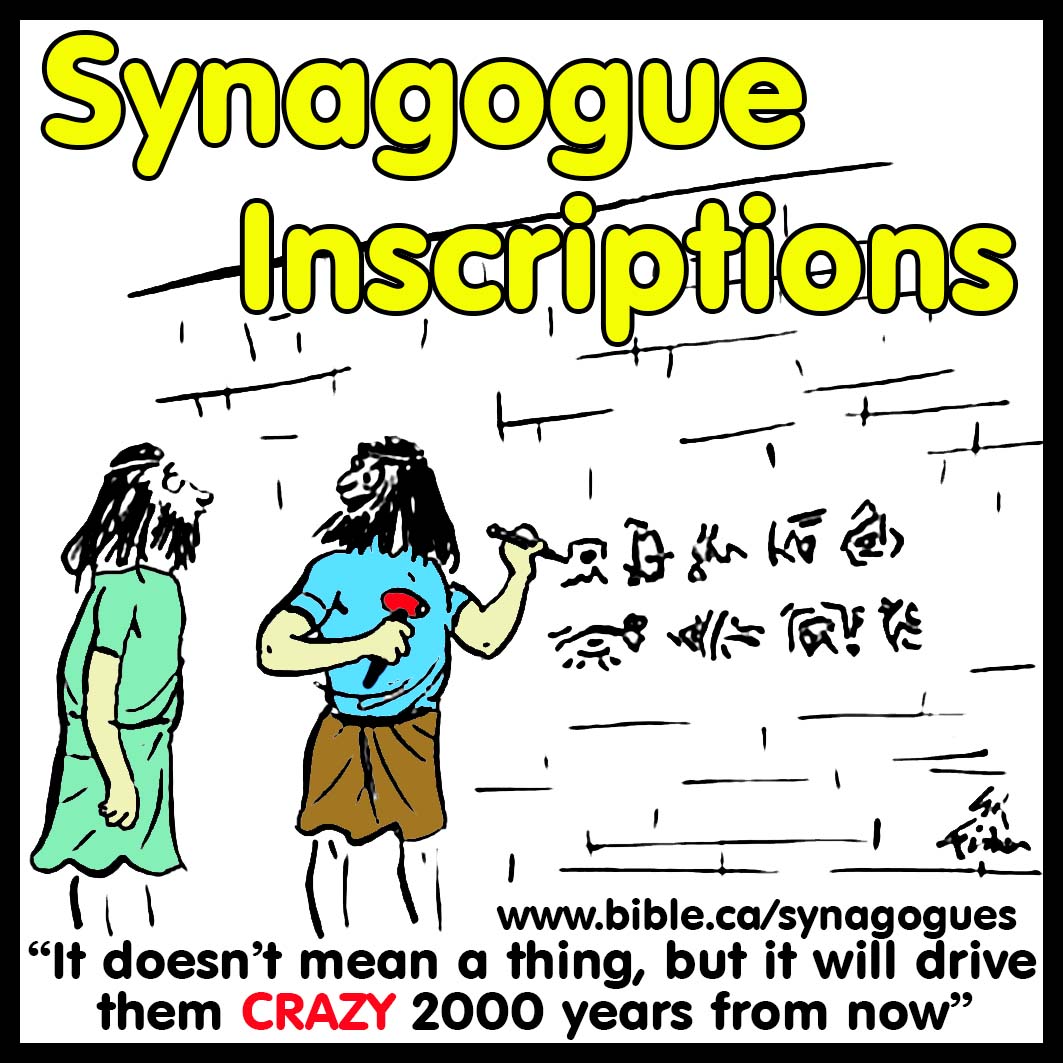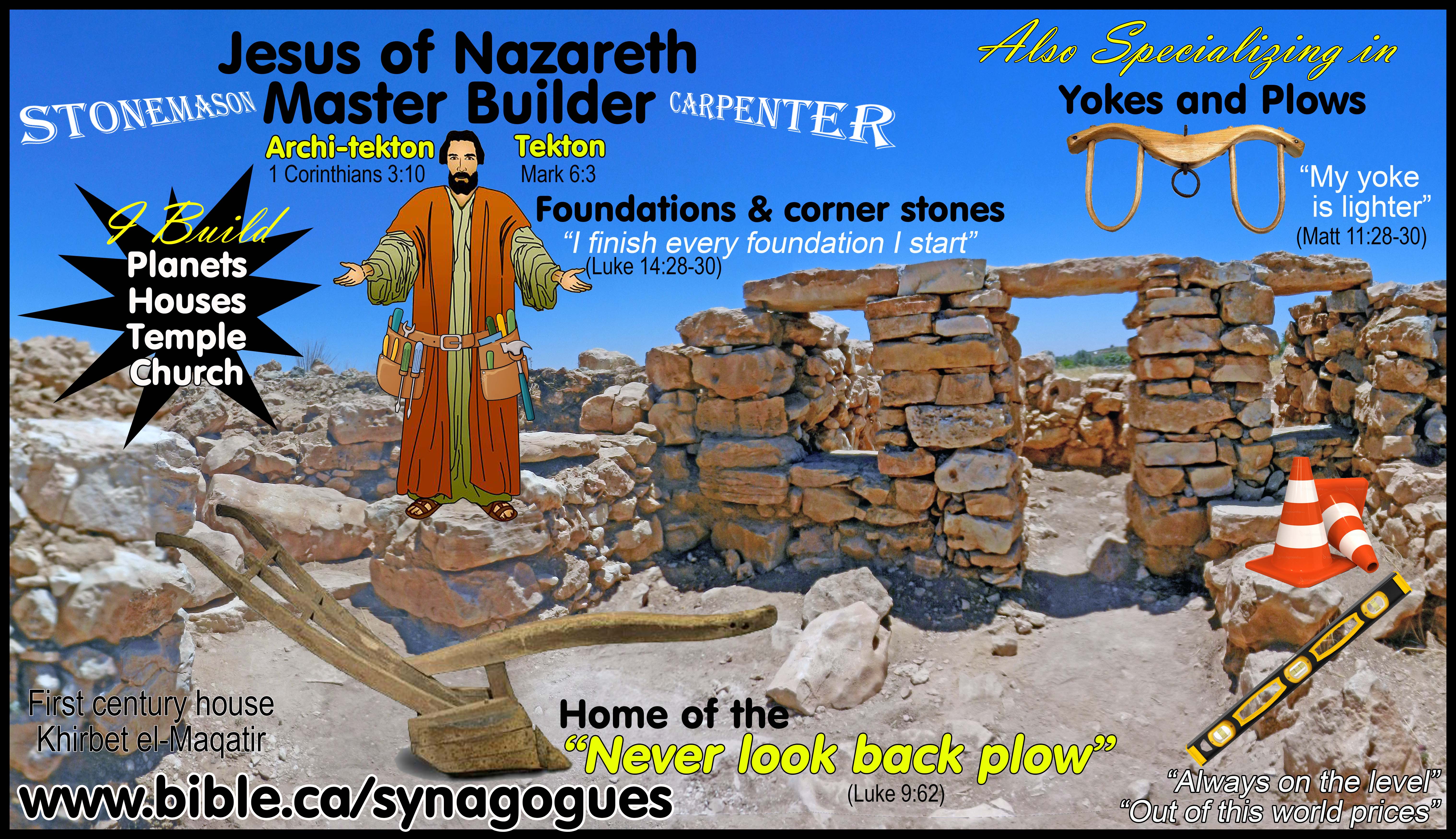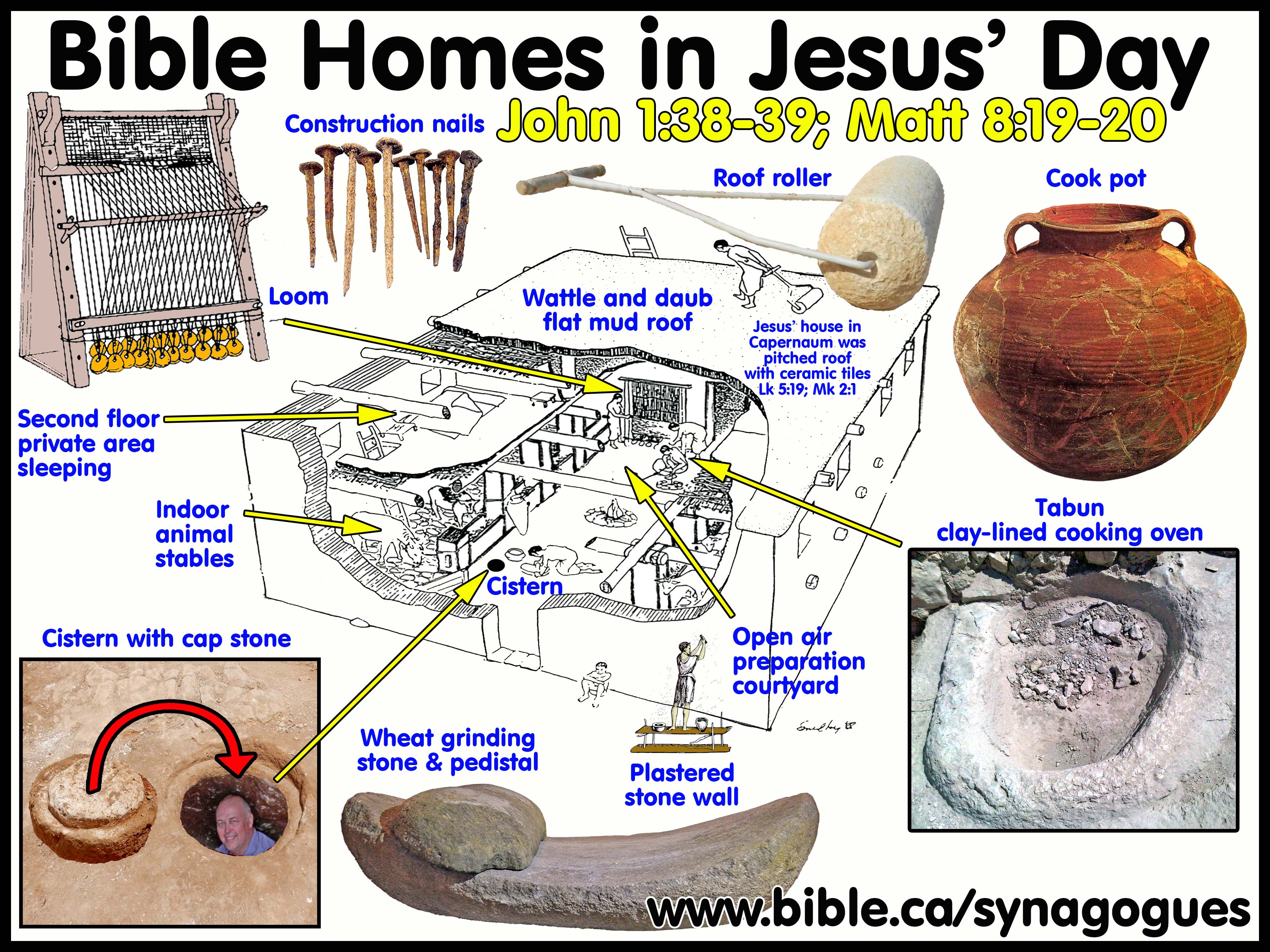Ancient Synagogue Inscription from Cyrene (Berenice) Libya: 55 AD
Synagogue Inscriptions from the Oldest Synagogues in the world
|
Cyrene (Berenice) Libya, December 3, 55 AD |
A. Synagogue Inscription:
1. Inscription text:
a. Title text: “In the second year of the emperor Nero Claudius Caesar Drusus Germanicus, on the 6th of Choiach. It was resolved by the congregation1 [synagogue] [synagoge] of the Jews in Berenice2 and its vicinity that the names of those who donated to the repairs of the synagogue1 [synagogue] be inscribed on a stele of Parian stone.”
b. Column 1: “Zenion, son of Zoilos, ruler [archon], 10 drachmae Isidoros, son of Dositheos, ruler [archon], 10 drachmae Dositheos, son of Ammonius, ruler [archon], 10 drachmae Pratis, son of Jonathan, ruler [archon], 10 drachmae Carnedas, son of Cornelius, ruler [archon], 10 drachmae Heracleides, son of Heracleides, ruler [archon], 10 drachmae Thaliarchos, son of Dositheos, ruler [archon], 10 drachmae Sosibios, son of Jason, ruler [archon], 10 drachmae Pratomedes, son of Socrates, ruler [archon], 10 drachmae Antigonos, son of Straton, ruler [archon], 10 drachmae Cartisthenes, son of Archias, priest, 10 drachmae Lysanias, son of Lysanias, 25 drachmae Zenodoros, son of Theuphilos, 28 drachmae Marion (?), [son of ?], 25 drachmae [Stone broken]”
c. Column 2: “Alexander, son of Euphranor, 5 drachmae Isidora, daughter of Serapion, 5 drachmae Zosime, daughter of Terpolius, 5 drachmae Polon, son of Dositheos, 5 drachmae.”
2. Glyptic Artifact: Greek Synagogue inscription on marble
3. Provenance: Cyrene (Berenice) Libya, 1957 AD
4. Current location: Unknown current location.
5. Synagogue Occupation Date (SOD) = Excavation date + Inscriptional date + Literary date = 33 AD
a. SOD computation system details
b. Excavation date: none
c. Inscriptional date: 55 AD
d. Literary date: New Testament 33 AD
6. Contemporary Rulers: Nero Claudius Caesar (54-68 AD) Revelation 13:18 “666”
7. References:
a. Excavations at Sidi Khrebish Benghazi, Vol I, Inscriptions, Reynolds, p233-54, 1977 AD
b. CJZ: Corpus jüdischer Zeugnisse aus der Cyrenaika, Gert Lüderitz, 72, p155, 1983 AD
8. Bible references to Cyrene that show there must have been an active synagogue in the town in 33 AD:
a. "They pressed into service a passer-by coming from the country, Simon of Cyrene (the father of Alexander and Rufus), to bear His cross." (Mark 15:21)
b. "When they led Him away, they seized a man, Simon of Cyrene, coming in from the country, and placed on him the cross to carry behind Jesus." (Luke 23:26)
c. "Phrygia and Pamphylia, Egypt and the districts of Libya around Cyrene, and visitors from Rome, both Jews and proselytes," (Acts 2:10)
d. "But there were some of them, men of Cyprus and Cyrene, who came to Antioch and began speaking to the Greeks also, preaching the Lord Jesus." (Acts 11:20)
e. "Now there were at Antioch, in the church that was there, prophets and teachers: Barnabas, and Simeon who was called Niger, and Lucius of Cyrene, and Manaen who had been brought up with Herod the tetrarch, and Saul." (Acts 13:1)
9. Related Literary references:
a. “Here is wisdom. Let him who has understanding calculate the number of the beast, for the number is that of a man; and his number is six hundred and sixty-six.” (Rev 13:18) Nero name adds up to 666.
b. Acts 16:13
c. Philo, Embassy 132-134
d. Josephus, Life 277
10. Further documentation and comments:
a. “This fragment is preserved from the upper part of a stele whose top was inscribed with a leaf and plant-tendril motif. Although its Jewish provenance is uncertain, Applebaum notes that the form of the stele resembles the two earlier inscriptions from Berenice (cuz 70-71; Nos. 131 and 132). More compelling in this regard, however, is the presence of the partially restored term synagoge, which may have referenced a local Jewish congregation or its civic center, as in the previous example from Berenice. Nevertheless, the highly fragmentary condition of the monument prevents the drawing of any firm conclusions. (The Ancient Synagogue from its Origins to 200 AD, Anders Runesson, p170, 2008 AD)
b. Another partial six line inscription from Cyrene dating from 25 BC uses the word “synagogue”: “… and Decimus Sa- … of Sosandros … of Teimarchos … and Leonides, … Ti- … (the) synagogue (or congregation) [synagoge] …”
B. Inscription footnotes:
1. In Egypt/Africa the usual word is proseuche = “house of prayer”. But in the New Testament this is the standard word.
2. Berenice is alternate name for Cyrene: Acts 2:10; 11:20; 13:1
By Steve Rudd 2017: Contact the author for comments, input or corrections
|
Jesus your messiah is waiting for you to come home! |
|
|
Why not worship with a first century New Testament church near you, that has the same look and feel as the Jewish Synagogue in your own home town. As a Jew, you will find the transition as easy today as it was for the tens of thousands of your forefathers living in Jerusalem 2000 years ago when they believed in Jesus the Nazarene (the branch) as their messiah. It’s time to come home! |
|
By Steve Rudd: Contact the author for comments, input or corrections.
Go to: Main Ancient Synagogue Start Page

